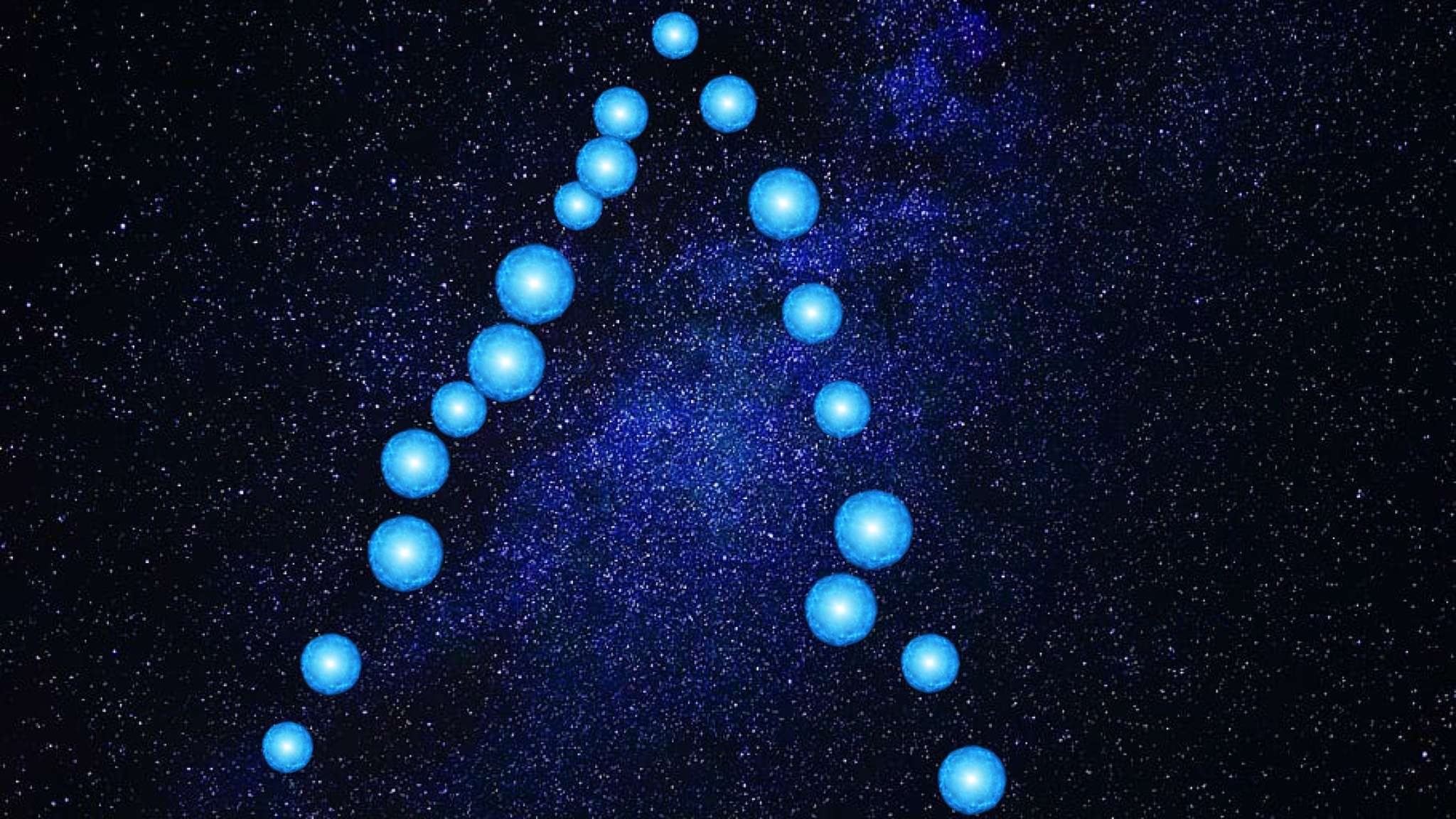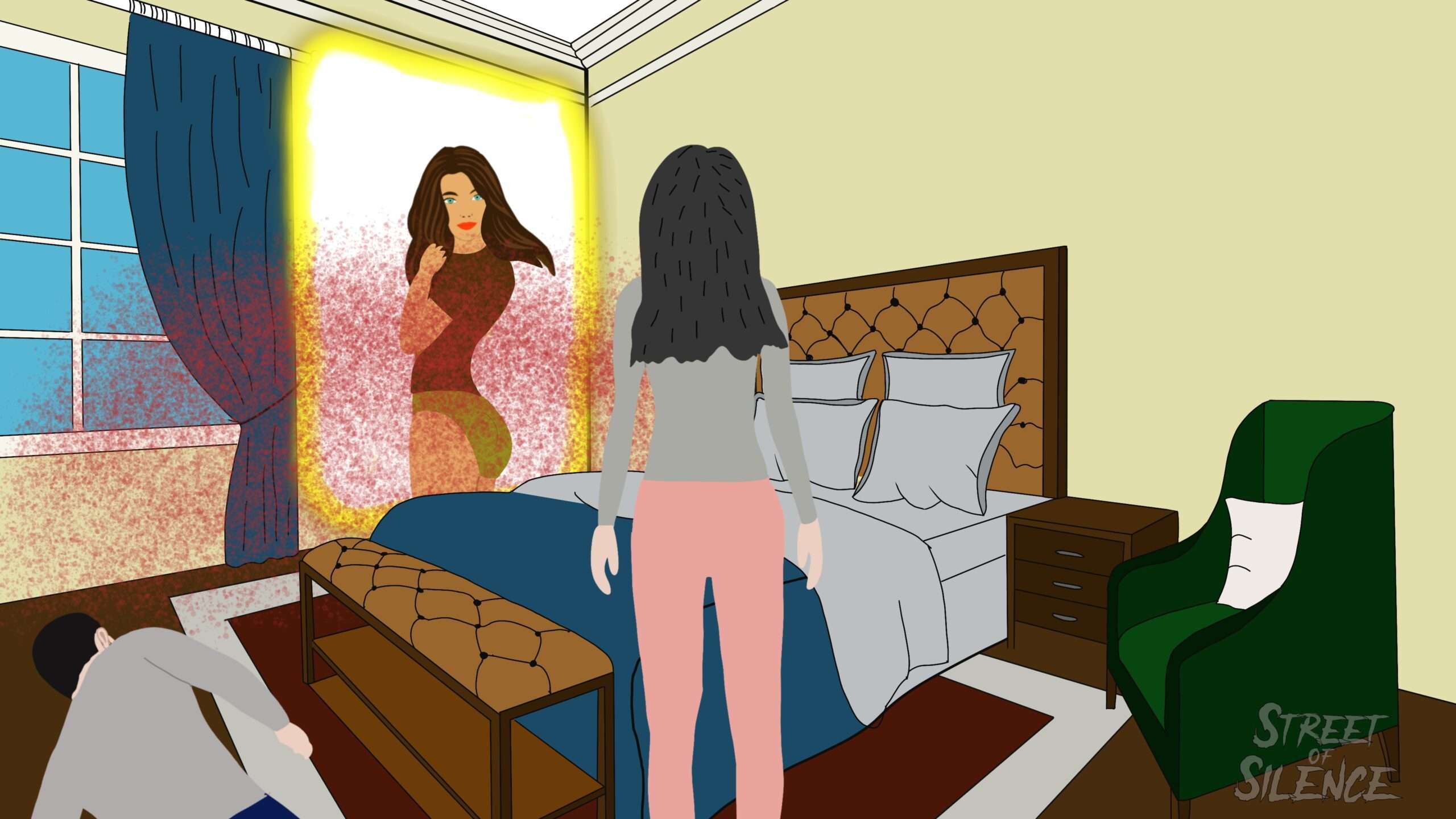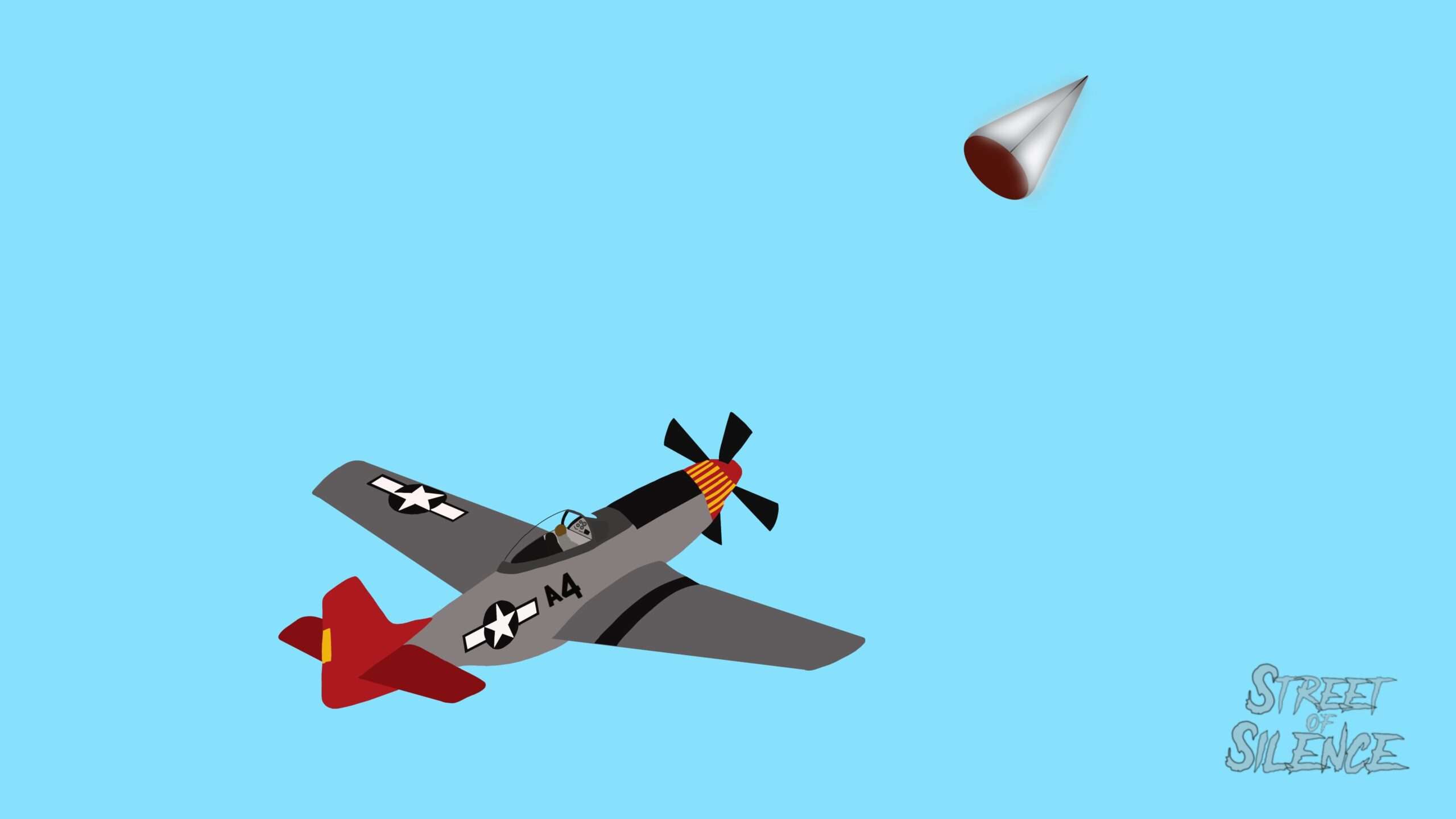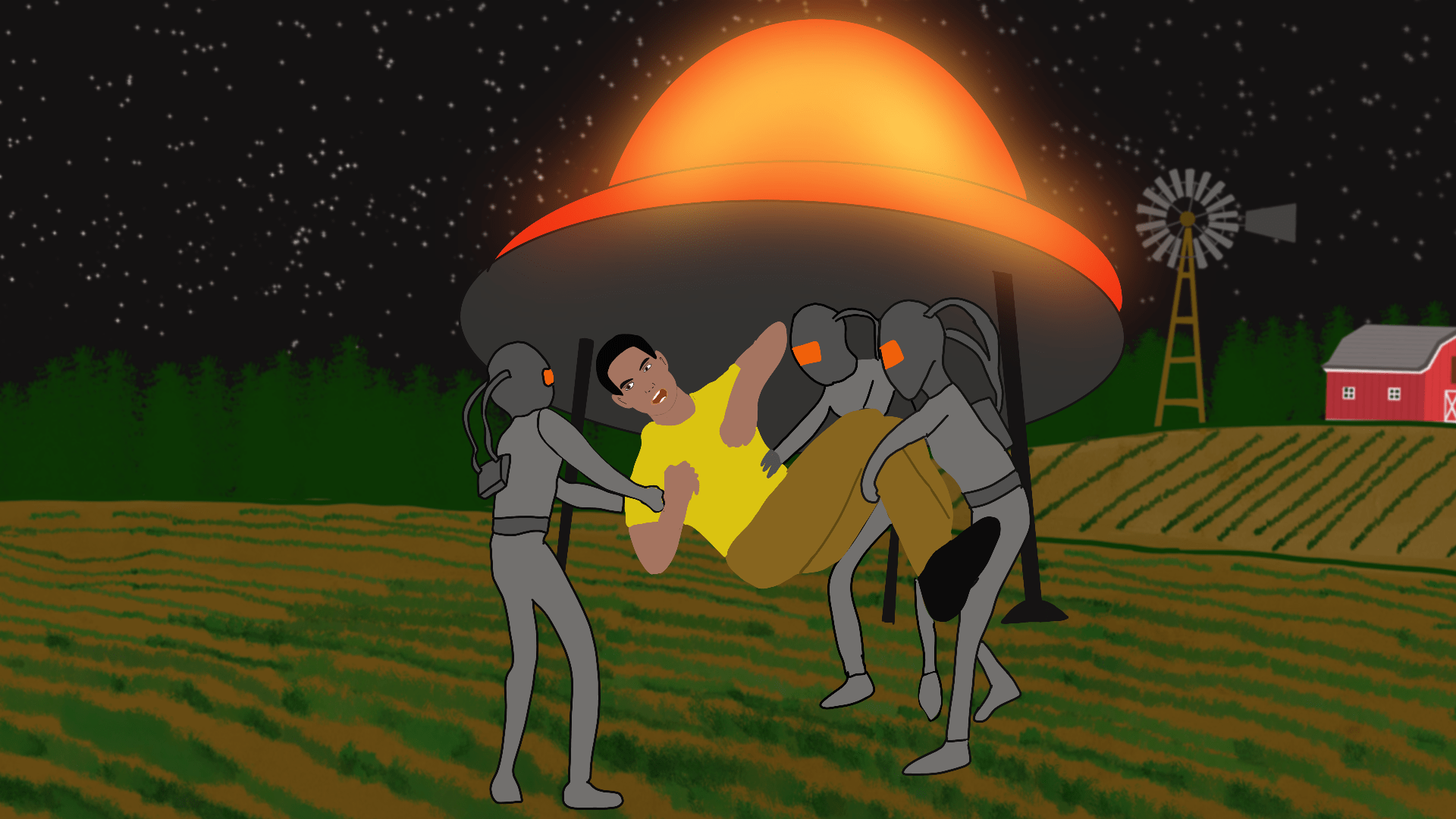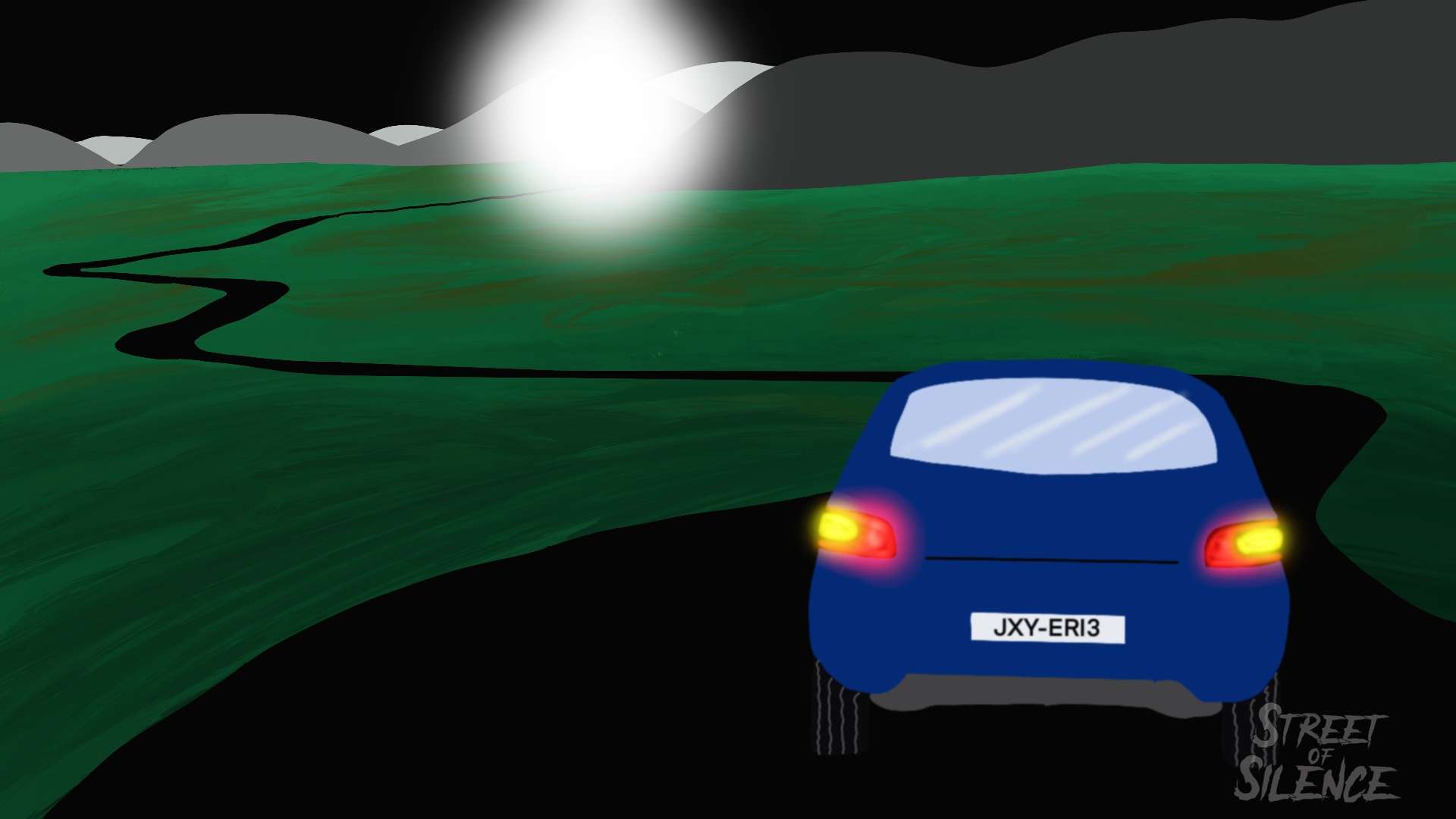Perhaps the most popular type of UFO sighting is when witnesses report seeing orbs. Orbs are generally defined as a spherical body radiating some sort of light although there’s certainly many variations in terms of what people see. It’s said this is most misidentified type of UFO sighting since these objects are often seen from a distance and all too often at night. We must also acknowledge that many of these sightings have natural explanations. Still though, many orbs are not able to be identified and intriguingly many cases involve multiple orbs. Furthermore, often these orbs travel at incredible speeds and shift in the blink of the eye. In this post, we will examine a fascinating case from Texas that occurred in the 1950’s.
On the evening of August 25, 1951, four scientists were sitting around drinking tea at the home of geology professor Dr. W.I. Robinson. All the men were professors at Texas Tech and were considered incredibly bright and reputable. The other three men other than Professor Robinson were chemical engineering professor Dr. A. G. Oberg, physics professor Dr. George and Dr. W. L. Ducker, head of the petroleum-engineering department.
Around 9:20 p.m., suddenly a V-shaped formation of 15 to 30 blueish-green lights began passing through the sky. The professors were stunned and looked on in disbelief. The lights would pass over quickly not allowing the professors to get a long look, but all were in agreement: something bizarre just occurred.
Naturally, they initially began to look for the scientific explanation as to what they saw. The next hour the professors would discuss what exactly they saw. The lights were bright, extremely bright, but the professors knew though they weren’t stars, not meteors. During this time, they deduced that the lights would come back, and sure enough an hour later they reappeared in the sky although they weren’t in any formation as they had been prior.
Other credible witnesses would see the objects that night. Some 350 miles away, In Albuquerque NM an employee of the Atomic Energy Commission’s top-secret Sandia Corporation was sitting outside with his wife on what they described as a beautiful night. Then, both of them suddenly saw what appeared to be an airplane with bluish lights on the wings.
After that night the professors who saw the lights were adamant to discover what it was exactly. They contacted the Air Force base to report the incident but didn’t get an answer.
Then, the Texas Tech professors started their own informal investigation. They formed two teams to stake out different areas and communicated by walkie talkies. In the weeks after their initial August 25 sighting, they and their friends observed the lights 12 more times. They would measure the lights’ angles, the altitude, and try and estimate the speed they moved at. They didn’t have much luck, but interestingly they discovered they always traveled from north to south.
At this same time, the professors alerted local press like the Lubbock Avalanche-Journal. In the coming days more Lubbock residents claimed to have seen the orbs in the skies. The residents accounts matched what the professor had seen as well. These blue-green lights were witnessed multiple times, by hundreds of people.
With so many sightings occurring this drew the attention of Edward Ruppelt. In the 1950’s, Ruppelt Oversaw Project Blue Book for the US Air Force, a program that monitored and investigated UFO reports.
Ruppelt would later say about the professors “If a group had been hand-picked to observe a UFO, we couldn’t have picked a more technically qualified group of people,”
As Ruppelt began his formal investigation, he found that not everyone who saw the lights was curious, but many were terrified.
Ruppelt pointed out an interview with a hardened old man from Lamesa. Despite having a tough background including fighting in several turf wars, both he and his wife were scared when they saw the objects.
Many of the other witnesses Ruppelt interviewed would provide hazy details and vague information. The professors recorded the most detailed info. That was with the exception of perhaps the most convincing piece: A photograph of the lights would be taken by a college freshman at Texas Tech.
On August 31, Texas Tech freshman named Carl Hart, Jr. was diligently looking through his window in order to snap a photo of the lights.
He had been in bed about a half hour, when he saw the lights appear in the north, cross the clear sky and disappear over his house. He knew that the lights would probably reappear as he had seen this happen before, so he grabbed his camera and went out into the backyard.
After some time, the lights went over the house and luckily Hart was able to snap two photos. A bit later, they made a third pass, and he got three more pictures.
Read About the Cash-Landrum UFO Incident here
With so many accounts, it’s evident that people were indeed seeing something, but the question was what?
As Ruppelt wrapped up his investigation, his conclusion was that the professors had seen a type of bird called a plover. He noted the city of Lubbock had installed new vapor streetlights in 1951, and Ruppelt believed migrating plovers were reflecting these lights.
Some of the witnesses supported this too.
T.E. Snider, a local farmer who on August 31, 1951, had observed birds flying over a drive-in movie theater, he noted the birds’ undersides were reflected in the light.
Not everyone agreed with this theory though.
J.C. Cross, the head of Texas Tech’s biology department who was interviewed by Ruppelt said the sightings could not have been birds.
Grayson Mead, another professor insisted that they could not have been birds
He stated:
“These objects were too large for any bird…I have had enough experience hunting, and I don’t know of any bird that could go this fast we would not be able to hear…to have gone as fast as this, to be birds, they would have to have been exceedingly low to disappear quite so quickly.”
One other skeptic was William Hams, chief photographer for the Lubbock Avalanche-Journal. Hams snapped several nighttime photos of birds flying over Lubbock’s streetlights but could not duplicate Hart’s photos.
However, the most convincing opinion that these objects were not birds, but ironically from Ruppelt himself.
Ruppelt would admit later that the objects were not Plovers. He later wrote that a professor conducted an experiment showing him that the lights could not be birds. Ruppelt went on to say that the anonymous man showed him it was a natural phenomenon. Still, Ruppelt couldn’t say how he knew or what it was because he stated it would give away the man’s identity.
As the years passed, the professors and the town would move on from the bizarre incidents of that summer. The professors refused to give more interviews and the mystery of the lights went on.
Many questions surface from this event, including did Ruppelt know the plover explanation was weak and did he try to pivot on what it was? If this was a natural phenomenon, why is it not being seen every summer in the town? It seems a scientific explanation would have surfaced by now, but nothing plausible has stuck.
The Lubbock lights is truly an incredible case with multiple independent and credible witnesses seeing the objects over a series of days. Maybe one day these lights will reappear, but until then this event remains a Texas mystery.
